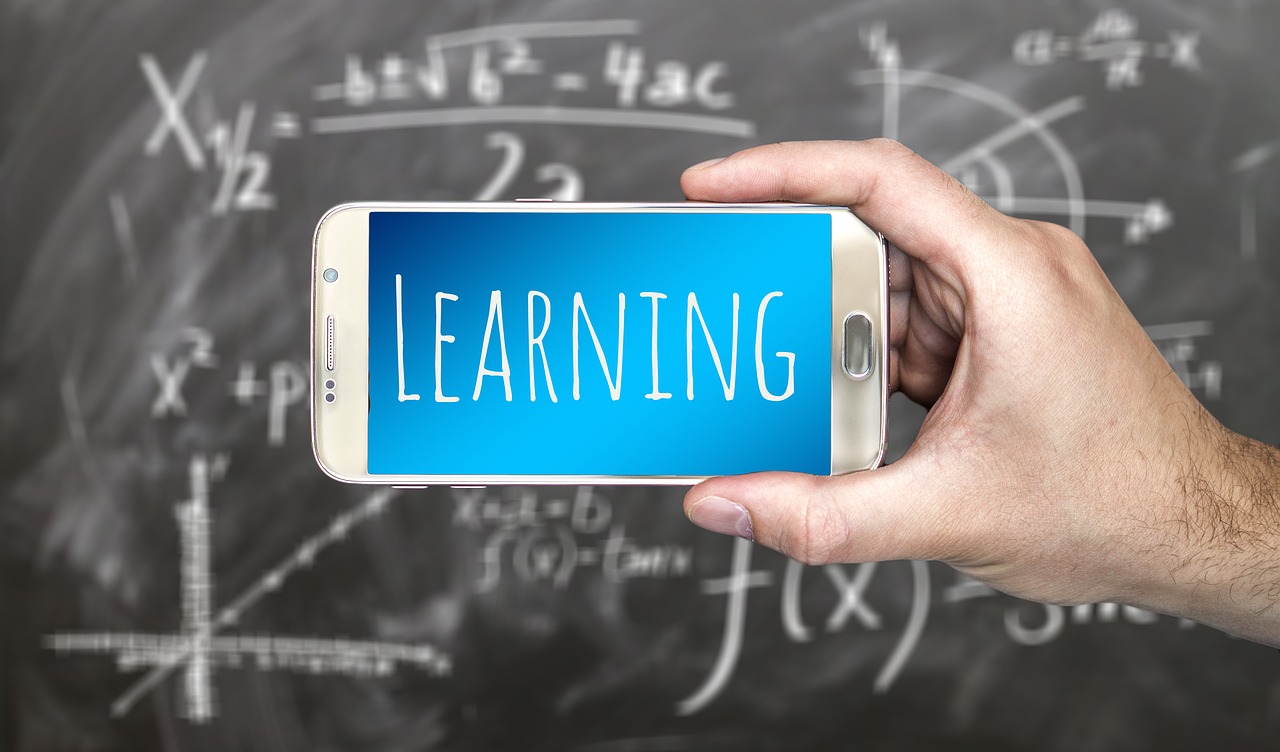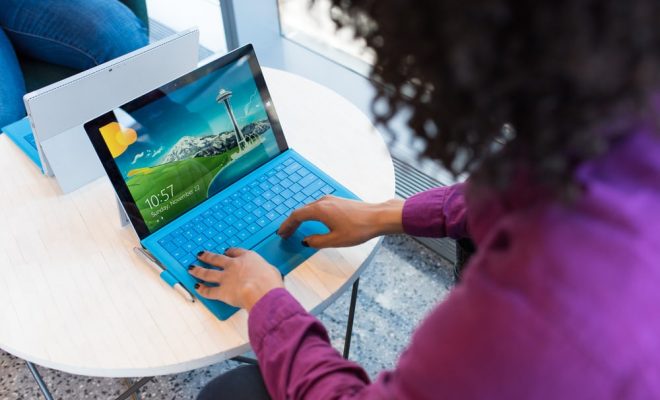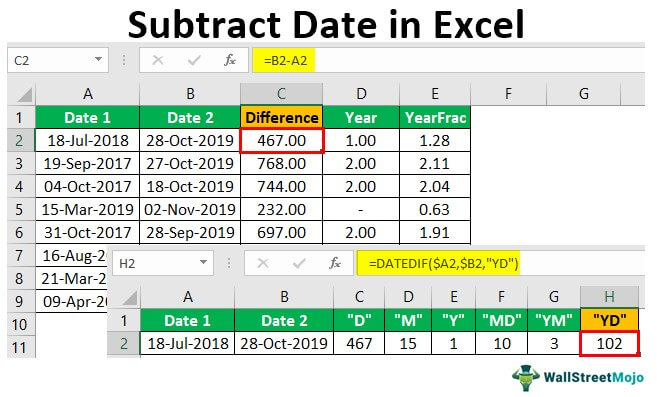The Science Behind Effective Microlearning

This essay will explain why the microlearning strategy is more effective than any other standard eLearning method.
Experience The Science of Microlearning
Have you ever noticed how your focus might stray midway through a meeting or lecture? Why are people unable to recall everything that they are taught and trained to do? You may believe that traditional learning methods aren’t the most beneficial. To back up this notion, recent research has demonstrated the shortcomings of traditional methodologies while confirming the efficacy of a new approach: microlearning.
But what exactly is microlearning? What is the research behind this strategy’s effectiveness? Let’s have a look!
What Exactly Is Microlearning?
Microlearning is concerned with brief learning activities and small learning units. It’s all about delivering compelling training material in brief bursts of eLearning. Simply put, microlearning breaks down the entire training material into brief, easily comprehensible components that address a specific learning aim. It makes it easy for students to obtain the knowledge they require at their leisure.
Microlearning information can take many forms, including texts, videos, graphics, audio, games, assessments, and quizzes. However, it should always be brief and straightforward. One of the primary benefits of microlearning is that it allows learners to learn a new skill and quickly apply it without breaking their workflow.
However, convenience isn’t the sole benefit of microlearning. Its popularity and effectiveness stem from the fact that it was purposefully created to aid in the process of storing information in our brains.
So, what exactly is the science of microlearning?
- Microlearning’s Effectiveness is based on science.
Contextual, dynamic, and individualized learning is the norm. Learning is complicated and unique to each individual. Researchers, on the other hand, have discovered the elements that influence human learning. These aspects include behaviorism psychology, constructivism, cognitivism, and experientialism. But what do they all imply, and how do they connect to microlearning? Let’s have a look.
- Constructivism
Constructivism asserts that rather than passively receiving information, students construct knowledge. As a person encounters the environment and responds to those encounters, they create and incorporate new knowledge into their pre-existing knowledge. In layman’s words, it means that a person’s prior knowledge is critical to their learning process. To instill constructivism in a student, use open-ended questions and collaborative thinking in microlearning.
- Behaviorism
Behaviorism is a psychology theory that holds that human conduct is molded by interactions with the environment as a result of the conditioning process. Simply put, it relates to human conduct in response to good or negative external stimuli. Positive stimuli can be “rewards” to motivate one to repeat that behavior, whilst negative stimuli can be “punishments” to discourage the conduct, assisting learners to either repeat or forget specific activity.
- Cognitivism
Cognitive psychology accepts that information is acquired systematically and symbolically. Learning is the product of a person’s mental processes, such as memory, thoughts, reflection, knowledge, problem-solving, and motivation. The most popular modes of learning are lectures and reading. A teacher frequently transfers their information, yet, how much one can receive is entirely dependent on one’s capacity, efforts, beliefs, and motivation.
- Experiential Education
Only via their experiences do people learn. You cannot teach anyone, but you may provide an experience from which a learner can choose based on their cognitive abilities. You can use microlearning to construct a micromodule that can spark innovation during a brainstorming session.
Transitioning to an Evidence-Based Approach to Learning
Dr. Alice Kim, cognitive neuroscience and experimental psychology expert, suggests four ways to improve learner memory: spaced repetition, retrieval practice, confidence-based assessment, and interleaving.
- Practice with Retrieval
Retrieval practice is a method of promoting learning by drawing knowledge from the learner. It is a more effective way to increase long-term retention. You can use microlearning to incorporate additional learning activities, such as quizzes, to test a learner’s ability to solve an issue.
- Assessment Based on Confidence
It assesses a learner’s correctness and confidence in their knowledge. It is intended to improve retention while reducing guessing. It can aid in making accurate and realistic assessments of learners’ performance. By incorporating learning into one’s daily routine, one can promote metacognition and assist people in gaining confidence by reflecting on their progress over time.
- Repetition at Regular Intervals
Spaced repetition is an effective learning approach in which courses are repeated at increasing intervals to assist students in completely consolidating the knowledge in long-term memory. It asserts that a person may recall information for the long run only if learning occurs in scattered sessions rather than one lengthy, never-ending session. Furthermore, microlearning allows you to break down complex subjects into smaller parts to give reinforcement activities in brief sessions that fit into your daily workflow.
- Interleaving
Interleaving practice is the process of learning two or more related skills or concepts sequentially rather than focusing on one skill at a time. Alternating between them can help to simulate real-world applications and boost long-term memory. You may also use microlearning to customize everyday learning experiences to accommodate different learning styles.
The Future of eLearning Is Microlearning
Microlearning brain science is not optional. It is based on research and aids in the development of people’s knowledge while learning a skill. As a result, it is critical to include the aforementioned behaviors into modern learning methodologies such as adaptive learning and microlearning to assist learners in maximizing their learning and performing at their best at work.






